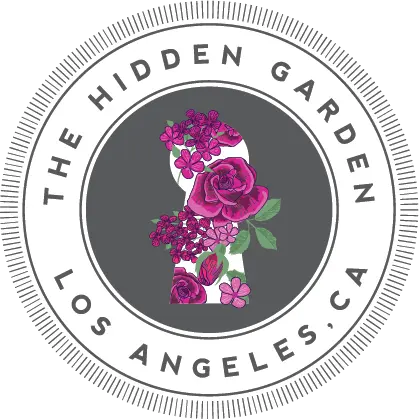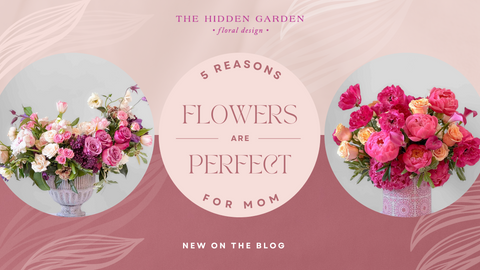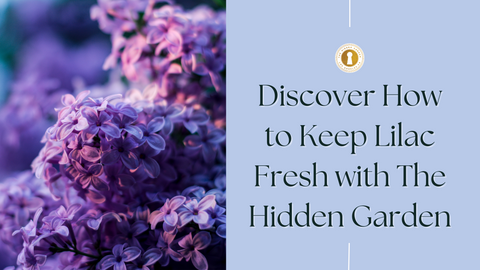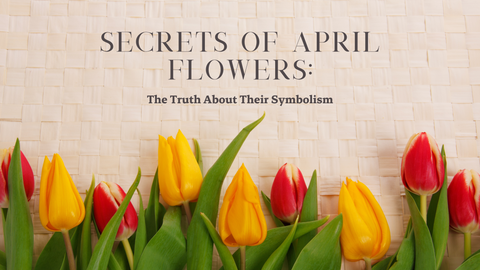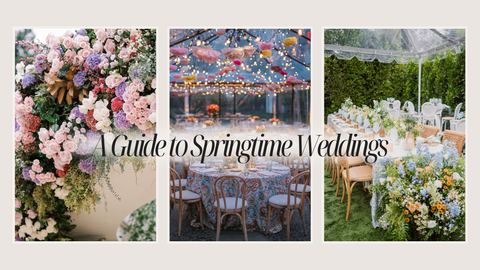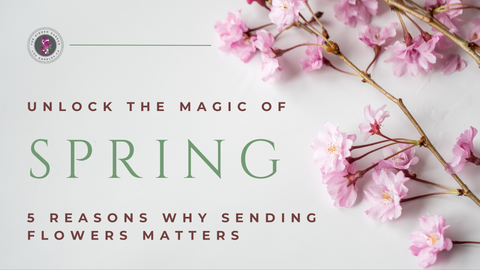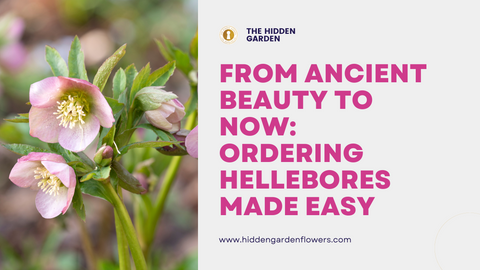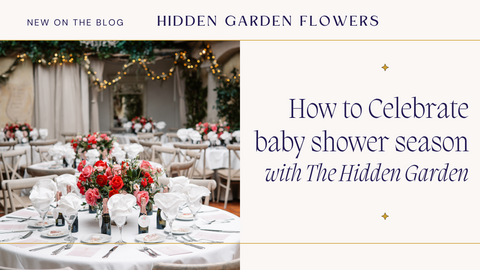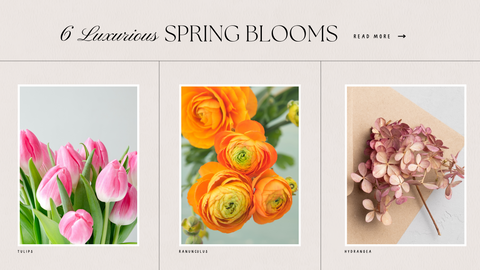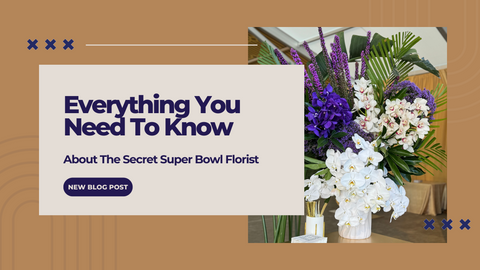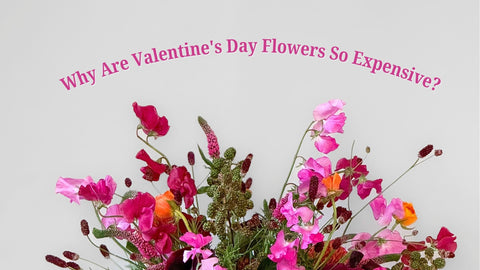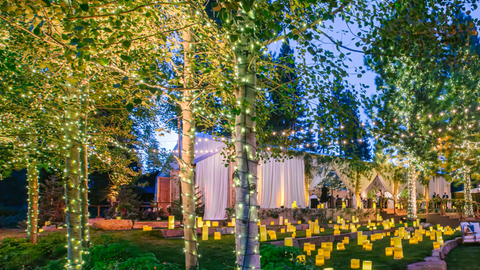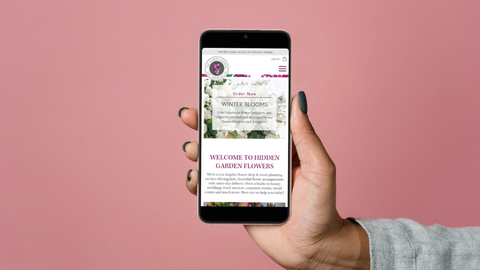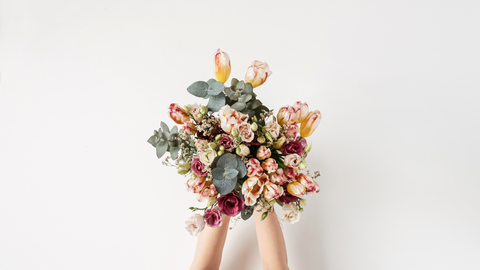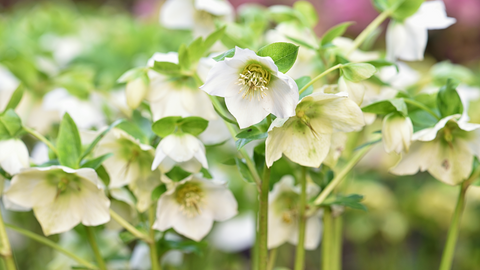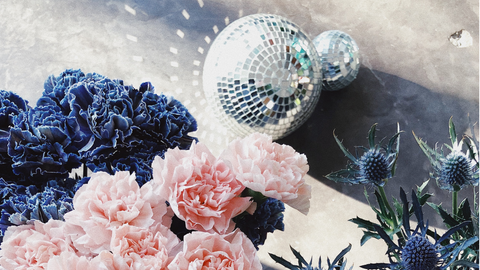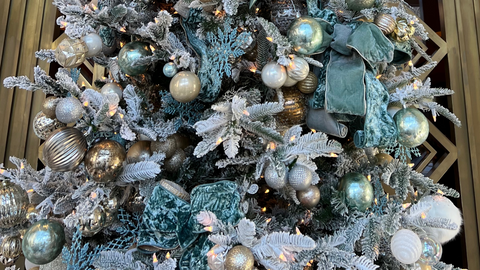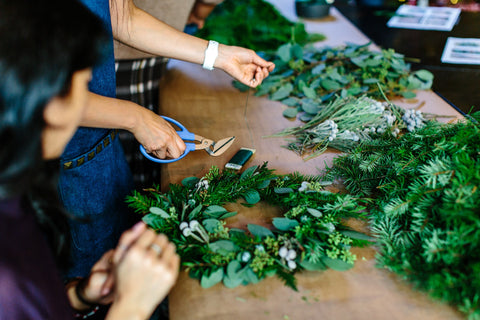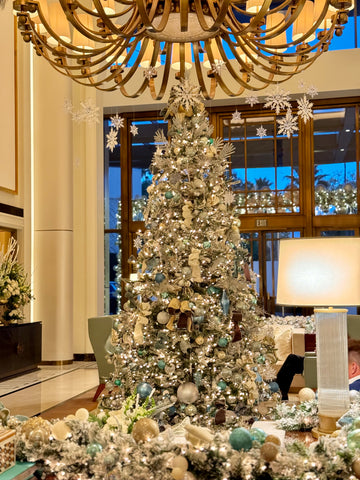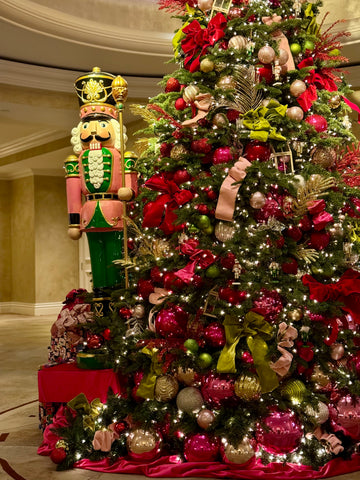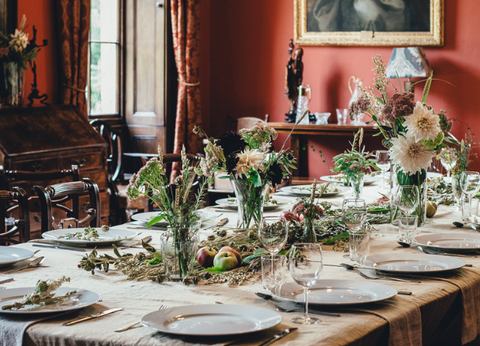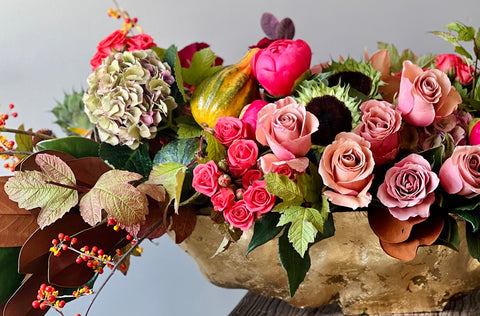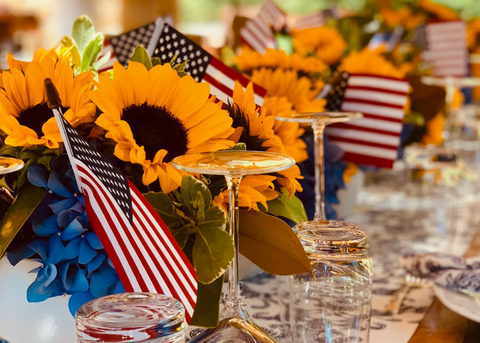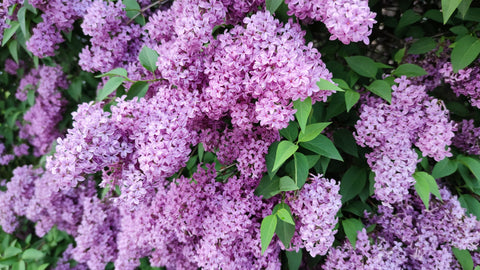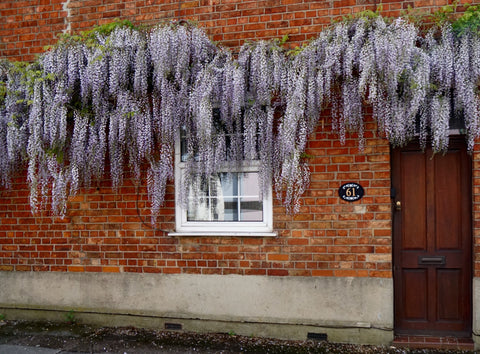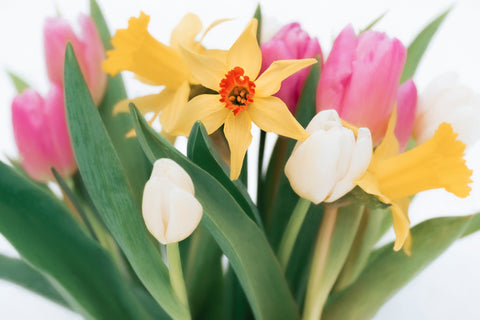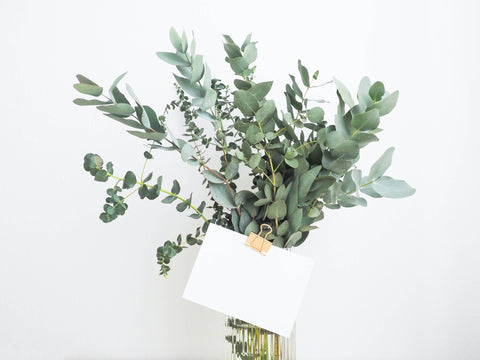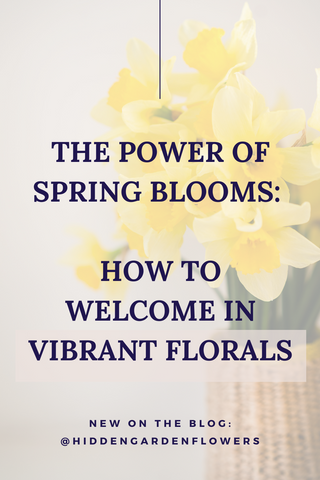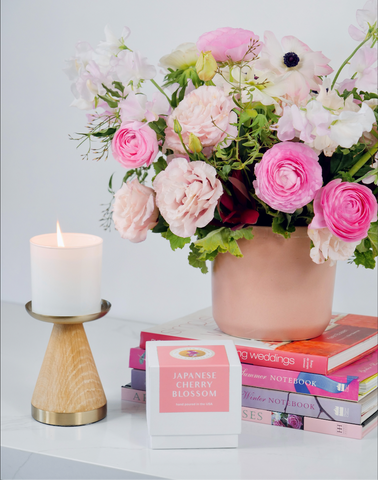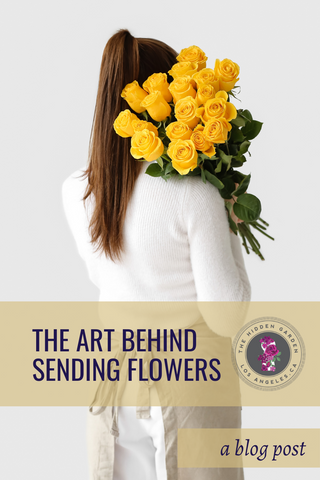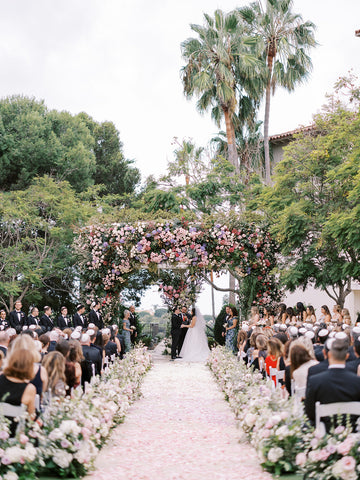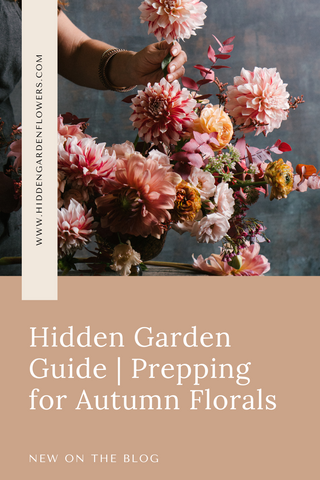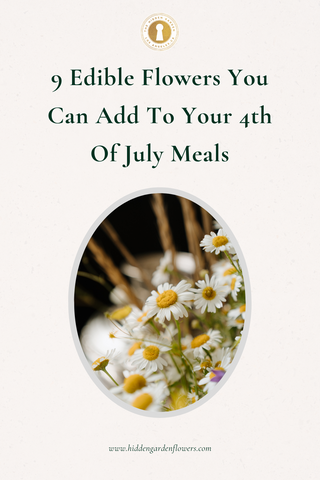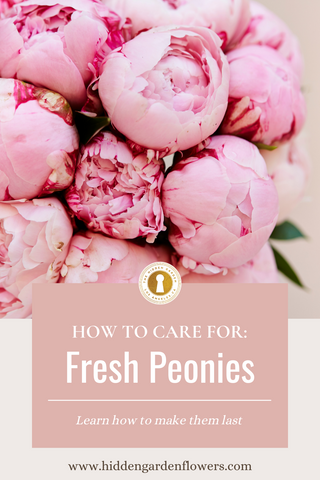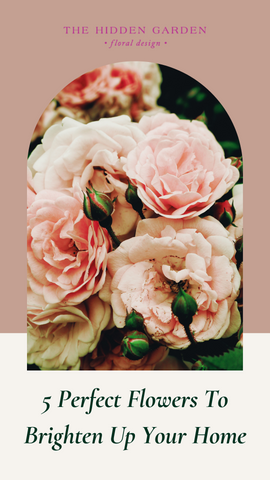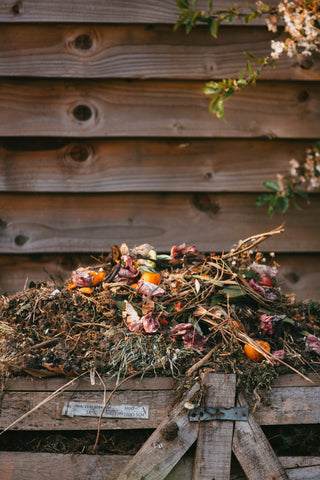Secrets Of April Flowers: The Truth About Their Symbolism
0 commentsSecrets Of April Flowers: The Truth About Their Symbolism
As we steadily enter April, we welcome the warmer winds and blooming traditions that signify the season's renewal, rejuvenation, and beauty. Gardens come to life with an array of colorful blooms, each carrying its hidden meanings and power. This blog post will explore the hidden meanings of April flowers passed down through traditions and history. As we uncover the symbolic significance of the prominent flowers blooming in April, save these tidbits for the next time you order from The Hidden Garden.
Tulips
Origin: Tulips originated in Central Asia, and their cultivation spread to the Ottoman Empire in the 16th century. Today, The Netherlands take on the heady title of “The Most Beautiful Spring Garden in the World,” renowned for its 7 million tulip bulbs that pop up each spring. They are followed by Canada, Australia, and India.
Symbolism: Tulips symbolize love, elegance, and grace. Different colors convey distinct meanings. Red tulips represent deep love, yellow tulips symbolize cheerful thoughts, and pink tulips denote affection and caring sentiments.
Uses Today: Tulips are popular flowers for various occasions. They are often gifted during anniversaries, birthdays, and romantic gestures. Tulip bouquets and arrangements bring a touch of sophistication and grace to any setting.
Daffodils
Origin: Daffodils, also known as Narcissus due to their similarly bent necks that catch their reflection below, are native to Europe, parts of North Africa, and the Middle East. They have been cultivated for thousands of years and are widely grown worldwide today.
Symbolism: Daffodils symbolize rebirth, new beginnings, and hope alongside unrequited love. However, their bright yellow or white petals herald the arrival of spring and inspire positive energy and optimism.
Uses Today: Daffodils are frequently associated with Easter celebrations and are often used in table centerpieces and spring-themed floral arrangements. They are also popular in gardens and landscapes, adding a vibrant touch to outdoor spaces.
Cherry Blossoms
Origin: Cherry blossoms, or sakura, have deep roots in Japanese history and culture. These flowers bloom on cherry trees and are cherished for their stunning beauty and transient nature. These famous cherry blossom trees were first planted in the USA in 1912 as a gift of friendship from the People of Japan.
Symbolism: Cherry blossoms represent the beauty and fragility of life. They symbolize renewal, nobility, and the delicate nature of existence. In Japanese culture, cherry blossoms also embody the concept of "mono no aware," or the appreciation of impermanence.
Uses Today: Cherry blossoms are widely celebrated during festivals such as Hanami (the viewing of cherry blossoms) in Japan. They have become popular in floral arrangements and are beloved for their elegance and symbolic significance.
Hyacinth
Origin: Hyacinths originated in the eastern Mediterranean, near modern-day Turkey and Lebanon. Tragically tied to an ancient Greek tale, this story gives the hyacinth its name and symbolic ties with sorrow and rebirth. It's a good reminder of how deeply flowers are intertwined with human emotions and stories, no matter how old. Continually beloved for their fragrance and beauty, they are now cultivated worldwide.
Symbolism: Hyacinths symbolize rebirth, sincerity, and constancy. Different colors carry distinct meanings: blue hyacinths denote constancy, yellow represents jealousy, and purple symbolizes sorrow or forgiveness.
Uses Today: Hyacinths are cherished for their pleasant fragrance and are often used in perfumes and scented products. They also make exceptional additions to spring bouquets and garden borders, enhancing the aesthetic with their vibrant colors.
Larkspur
Origin: Larkspur is native to the Northern Hemisphere and is commonly found in Europe and Asia. It thrives in temperate regions and is widely cultivated for its stunning vertical floral spikes. Although strikingly elegant, all members of this family are considered poisonous to humans and animals, so please don't snack on these blooms!
Symbolism: Larkspur symbolizes lightness, levity, and an open heart. Its tall stature and vibrant colors evoke a sense of joy, positivity, and celebration.
Uses Today: Larkspur is a popular flower that adds height and drama to floral arrangements. Its tall spires and vibrant hues make it an excellent choice for creating striking centerpiece displays or enhancing garden borders.
Pansies
Origin: A wildflower, pansies are believed to have originated in Europe and Western Asia and are family to the viola flower family. It is said that pansies were once white until struck by one of Cupid’s arrows. Today, they are known for their distinctive "faces" and come in a wide array of colors, from delicate pastels to vibrant hues.
Symbolism: Pansies symbolize free-thinking, remembrance, and loving thoughts. They represent the fleeting beauty of life and are often associated with fond memories.
Uses Today: Pansies are versatile flowers that are used in various ways. They are commonly used in garden beds, hanging baskets, and containers, offering pops of color. Pansies are also favored for their long-lasting blooms, which make them ideal for cut flower arrangements.
April brings an abundance of flowers, each offering its unique symbolism and beauty. Whether you gift someone a bouquet of tulips to express your love, adorn a spring event with daffodils to symbolize new beginnings, or immerse yourself in a walk below the beauty of cherry blossoms, April blooms have a way of brightening our lives and connecting us to the essence of nature's infinite wonders.
Visit The Hidden Garden today to explore a wide selection of April flowers, including tulips, larkspur, and hyacinth, and discover the perfect blooms to celebrate the spirit of this vibrant season.

